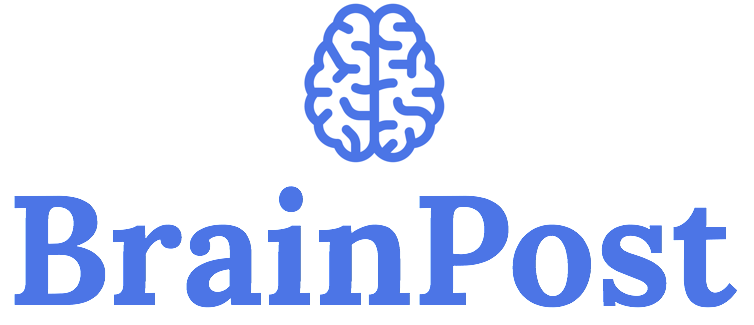Dopamine Receptor Expression is Associated with Prefrontal Activity and Working Memory
What's the science?
The dopamine D1 receptor is found throughout the prefrontal cortex, where it mediates working memory (the ability to hold things in memory for a short period of time). Working memory ability is genetically inherited to some degree. Single nucleotide polymorphisms, which are variations at one point in the genetic code, can alter dopamine D1 receptor levels and could potentially affect working memory. The gene encoding the dopamine D1 receptor may also be part of a larger ‘network’ of genes (many genes co-expressed at the same time) that may affect working memory, however this has not been investigated. This week in PNAS, Fazio, Pergola and colleagues test whether genetic differences in D1 receptor expression and co-expressed networks of genes affect working memory as well as brain activity during working memory using functional magnetic resonance imaging (fMRI).
How did they do it?
They used RNA quantification obtained via microarray (mRNA transcript levels representing gene expression levels) to identify a focused network of genes that were co-expressed with the dopamine D1 receptor. They then identified single nucleotide polymorphisms in these genes and created an index for each individual representing the level of gene co-expression in this dopamine receptor D1 network. Using fMRI, they scanned two independent groups of people while they performed a working memory task. They tested for association between the gene co-expression index for each individual and a) brain activity associated with working memory b) working memory performance.
What did they find?
They found 3079 single nucleotide polymorphisms associated with the dopamine receptor D1 gene network: 13 of these polymorphisms were associated with changes in dopamine receptor expression. The index for each individual representing the level of gene co-expression in the dopamine receptor D1 network was found to be reliable in predicting gene expression. D1 receptor expression was inversely correlated with expression of other genes in the network, meaning when D1 receptor expression was higher, the expression of the other genes was lower. They found that a higher dopamine D1 receptor gene co-expression index (representing higher predicted dopamine D1 receptor expression) was associated with lower brain activation in the prefrontal cortex during a working memory task, as well as greater working memory accuracy. Similar results could be found in both independent groups of people. Combined, the results demonstrate that higher dopamine D1 receptor expression is associated with lower prefrontal cortex activity and better working memory capacity.
Brain, Servier Medical Art, image by BrainPost, CC BY-SA 3.0
What's the impact?
This is the first study to show that genetic differences in D1 receptor expression (and co-expression of associated genes) are associated with changes in working memory and prefrontal cortex activity. We now know that genetic variation resulting in changes in dopamine D1 receptor levels can affect working memory performance. Knowing the association between dopamine receptor expression and working memory performance is important for developing medications that could target gene expression or the D1 receptor to improve working memory.
Fazio et al., Transcriptomic context of DRD1 is associated with prefrontal activity and behavior during working memory. PNAS (2018). Access the original scientific publication here.




